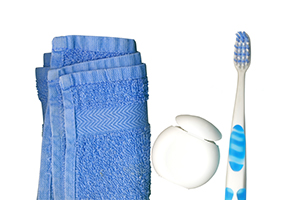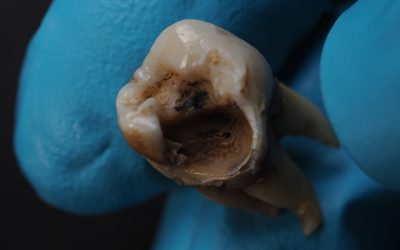Whenever the topic of proper, thorough dental care comes up in conversation, the number one piece of advice is always the same – floss regularly. Yet, despite common knowledge that flossing is key to excellent dental hygiene, very few of us can truthfully claim to do it on a regular basis. While it’s unsurprising for most people that the majority of us fail to floss regularly, it may come as surprise that, even among those who do adhere to the practice, very few of us floss properly! While you may think flossing is as simple as running a thin line between your teeth, there is really so much more to the process than that. Furthermore, the importance of proper flossing cannot be overstated. There are possibilities that teeth could become more at risk to disease, decay and infection. Thankfully, we have assembled three simple tips below, to keep you from making any more flossing faux pas!
- Be Gentle While Flossing
When flossing your teeth, keep in mind that you are merely trying to scrape gunk away from the surface, not saw through the tooth altogether! Many people have an innate tendency to rub extra hard when using floss, without realizing that it does them more harm than good. While flossing with extra vigour won’t make the practice any more effective than it already is, it will cause you a lot of pain and make flossing an unpleasant experience. Fast, aggressive flossing could lead to wearing down your tooth enamel and pinching your gums – and neither outcome is very desirable. For best results, practice rubbing each individual tooth slowly and steadily with the floss, and allow its inherently abrasive nature to take care of the tough spots for you!
- Use Lots of Floss

People are often way too conservative with the amount of floss they use, despite the fact that containers of floss are probably one of the cheapest and most plentiful items in nearly every home bathroom. Short pieces of floss will only lead to frustration, as your fingers constantly slip from the line and you quickly lose your patience. Think back to your last dental visit; your dentist probably pulled out a sizeable length of floss and wrapped it around both fingers multiple times. You should mimic this at home! By using a long length of dental floss and wrapping it tightly around both fingers, the flossing process is quicker, easier, and far less stressful. Furthermore, having a lot of floss on hand makes it easier to use a clean section for every tooth, which is far more hygienic than trying to clean every tooth with the same small section of floss.
- Angle the Floss; Hug Your Teeth
If your floss is held straight and limp between the spaces of your teeth, it will do very little to actually remove grime from them. The floss has to hug the sides of each tooth, and to accomplish this, it must be held tightly and at an angle. The angle of pull must be changed for maximum contact on each side wall of the tooth. It is important to remember, however, that although the floss is held firmly to the tooth’s surface, it is not held so tightly as to cause discomfort.





